Integration of Renewable Energy in Prefabricated Structures
Did you know that the construction sector accounts for about 36% of global energy consumption? Studies also suggest that the energy share is increasing by up to 50% of total energy consumption, accounting for the energy spent on construction and demolition. With accelerating urbanisation, surging energy demands, and increasing pollution, construction businesses now stand at the crossroads of prioritising conservation, embracing sustainability, and meeting the ever-increasing demands of urban populations.
The Potential of Renewable Energy in Prefabricated Construction
Prefab construction can deliver greater energy and sustainability benefits over traditional construction methods. Tata Steel Nest-In is already at the forefront of this movement, offering a diverse range of prefabricated construction solutions that are helping to drive India towards an energy-efficient future in construction.
However, the urgency for proactive sustainable measures is now greater than ever. While prefabricated construction offers a promising path toward a greener future, it is clear that a broader array of solutions is needed to achieve our sustainability goals. One such promising approach is integrating renewable energy resources in prefabricated structures.
Such an integration is not another trend, but a necessary shift towards sustainability and efficiency in the commercial building environment. The integration of renewable energy can help mitigate the environmental impact of high energy consumption, and enhance the energy resilience and economic performance of commercial properties.
How Can We Integrate Renewable Resources into Prefab Structures?
1. Solar Panels
Solar panels use photovoltaic (PV) cells to convert sunlight into electrical energy, which can then be used to generate electricity or be stored in batteries. Solar panels are one of the best methods to enhance energy efficiency and sustainability. They are commonly integrated into the roofs of building structures to capture sunlight, and can be integrated in prefabricated buildings. They can also be integrated into the prefab building’s façade to not only generate energy but also add unique aesthetic value.
2. Wind Turbines
Wind turbines harness wind energy to generate electricity. When the wind rotates the turbine blades, it spins the generator through a rotor, and this creates electricity. Small-scale wind turbines can be integrated into the design of prefabricated structures, particularly in locations with consistent wind patterns. They can be mounted on the building or nearby structures to generate electricity. This type of renewable energy is particularly suited to Nest-In’s prefab structures, as they can be easily set up in areas with high winds. (add a disclaimer for the weight of the turbine that needs to be calculated when designing the structure for the tension calculations)
- Geothermal Systems
Geothermal systems use the earth's stable temperature to provide heating and cooling. Pipes can be integrated into the foundation of prefabricated structures, allowing them to harness geothermal energy.
Nest-In’s prefab structures offer superior thermal and noise insulation by using the necessary insulation material, leading to lower energy consumption in heating and cooling. For example, on a hot day, your air conditioner must run for 8 hours in a traditionally constructed room to keep it cool and maintain that temperature. In a prefab space in the same conditions, your air conditioner would run for less time, i.e., 4-5 hours, to maintain a cool temperature for a longer time.
4. Energy Storage
Battery systems can store renewable energy and release it when needed. Such systems can be integrated into prefabricated structures to store the energy generated by renewable sources. These ensure a steady power supply, even when the renewable sources are not actively generating energy (e.g., at night or on cloudy days).
Ensuring Long-term and Successful Integration
- The location of the prefabricated structure should be carefully assessed to determine the optimal placement of renewable energy systems.
- Local regulations and government incentives should be considered when planning the integration of renewable energy.
- Regular maintenance and monitoring of renewable energy systems are essential for ensuring their long-term performance.
Aside from these, a crucial point to note is that your renewable energy project must be planned out before your prefabricated construction project. This is because the dimensions and weight of your renewable energy source, be it solar panels, wind turbines, battery systems, etc. need to be considered and calculated when your prefab structure is being initially designed. For example, if you are using a small wind turbine, its weight and tension (voltage) calculations need to be taken into consideration before and during the design phase of your prefab home or building.
This is to ensure that your prefab structure can not only hold the weight of your renewable energy source, but can sustain it for a long time such that it gives you consistent outputs with minimal maintenance.
To know more about Nest-In and our complete range of prefabricated construction solutions, please visit our website.
Posted in Nest-In on Aug 06, 2024.
Contact us
Recent Post
Faster and Sustainable: How Nest-In Is Redefining Modern Construction
Sustainable Construction for a Greener Tomorrow with Nest-In
The Nest-In Promise: Quality and Trust in Every Construction
From Vision to Reality: Nest-In’s Role in Customised Infrastructure Development
Category
- Nest-In 59
- HabiNest 59
- MobiNest 136
- Nestudio 31
- EzyNest 20
- Smart EzyNest 5
- ChargeNest 6
- Covid Offerings 4
- Brand 10






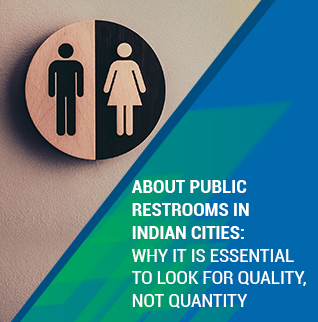


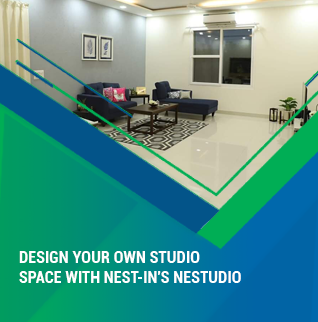






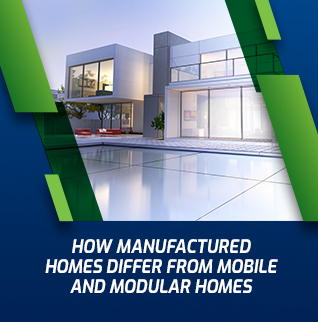






























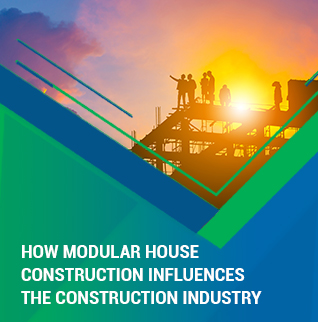

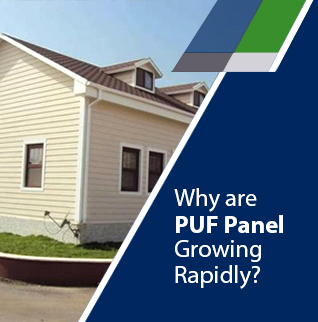






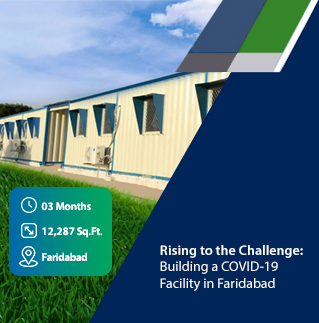







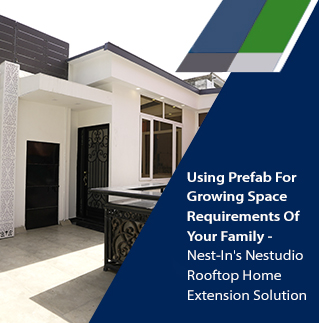



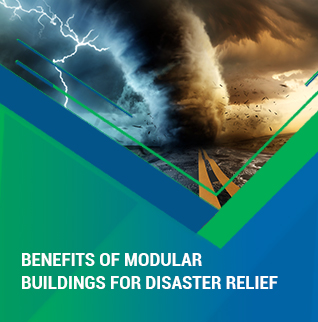
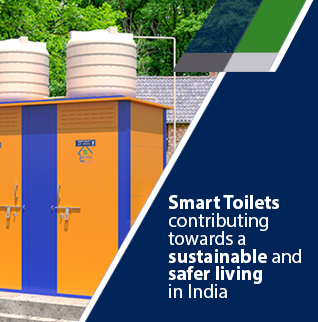






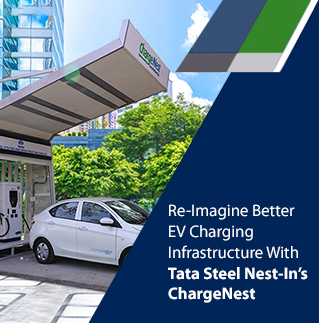
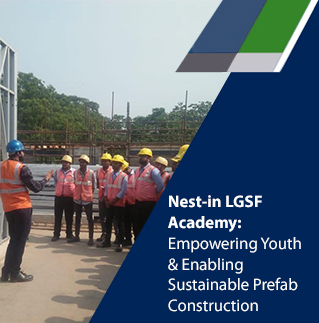




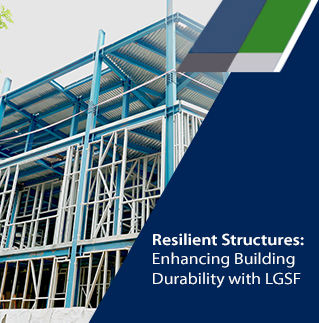


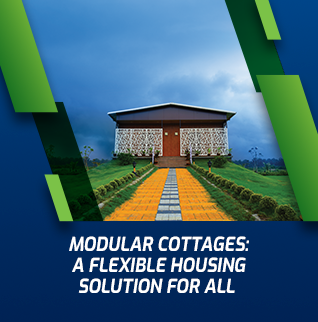











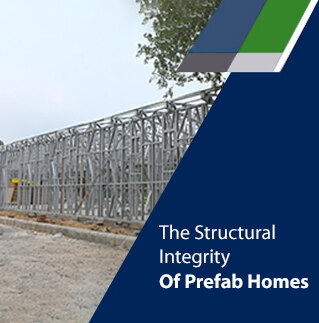















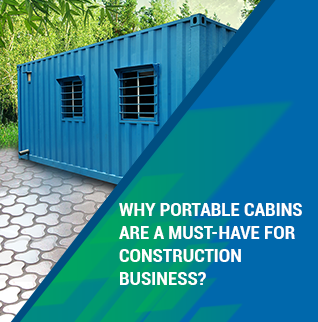

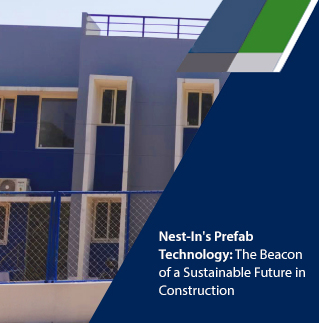


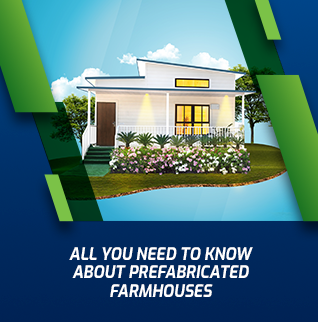



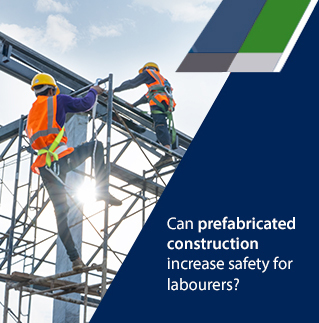
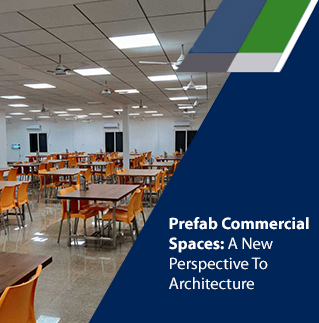














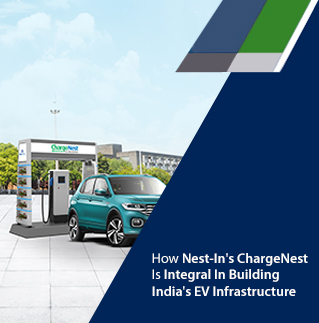





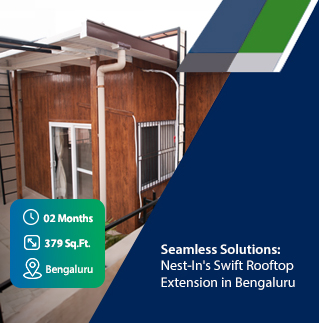


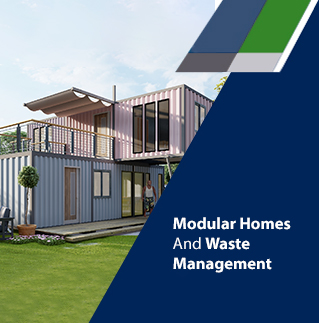













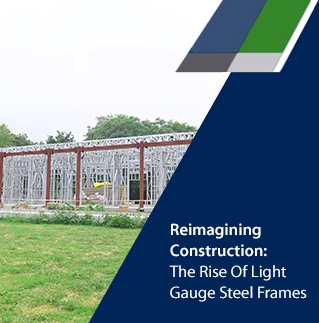
















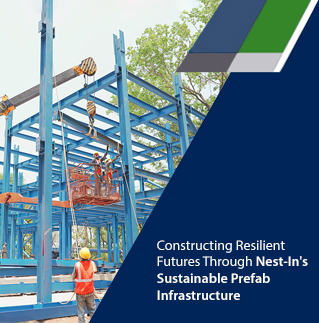



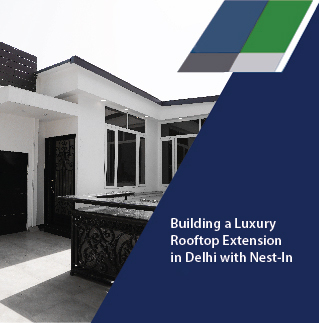





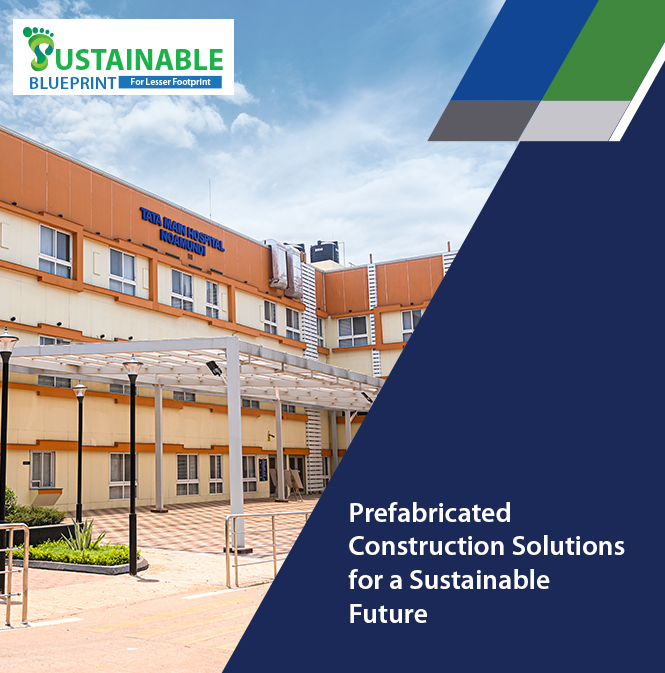






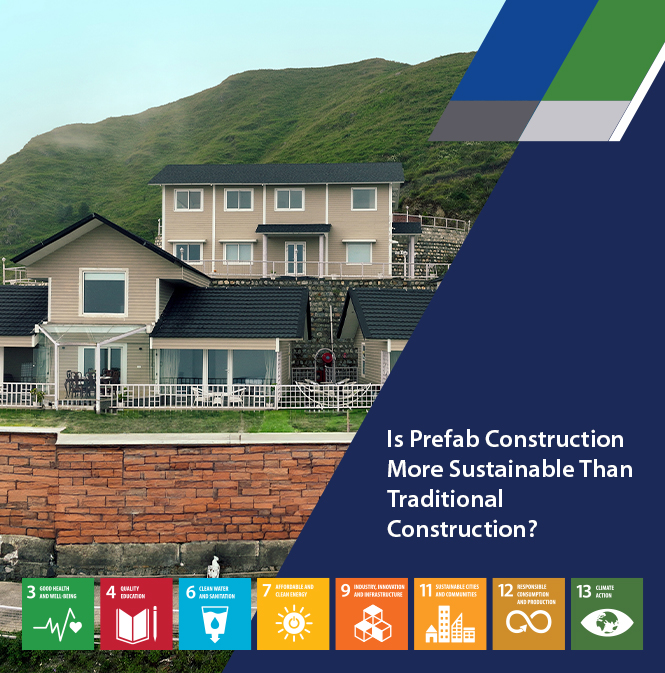


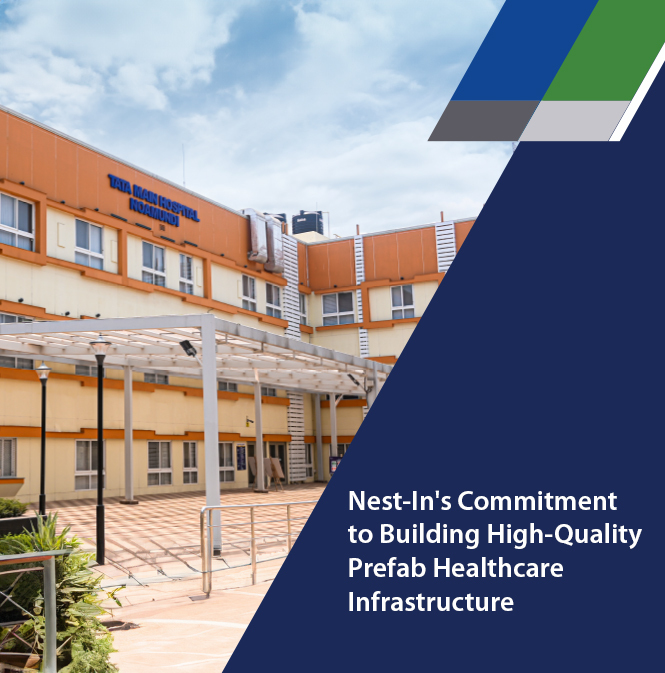


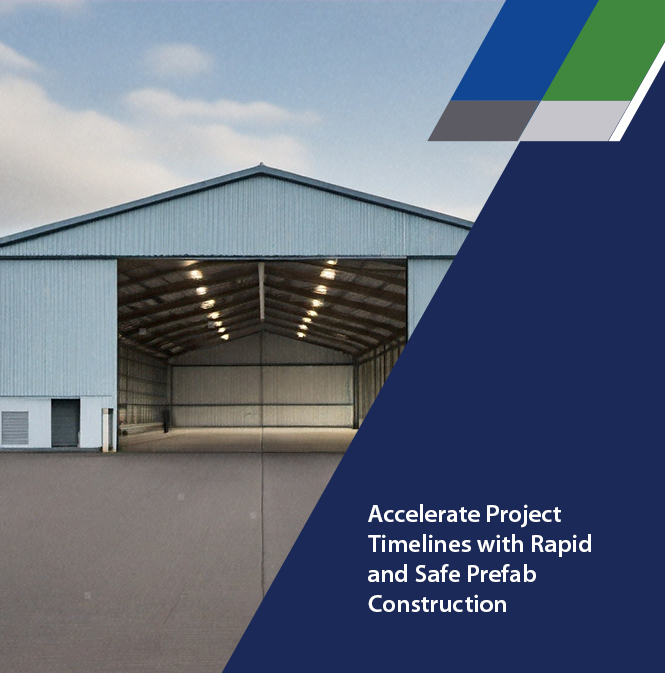





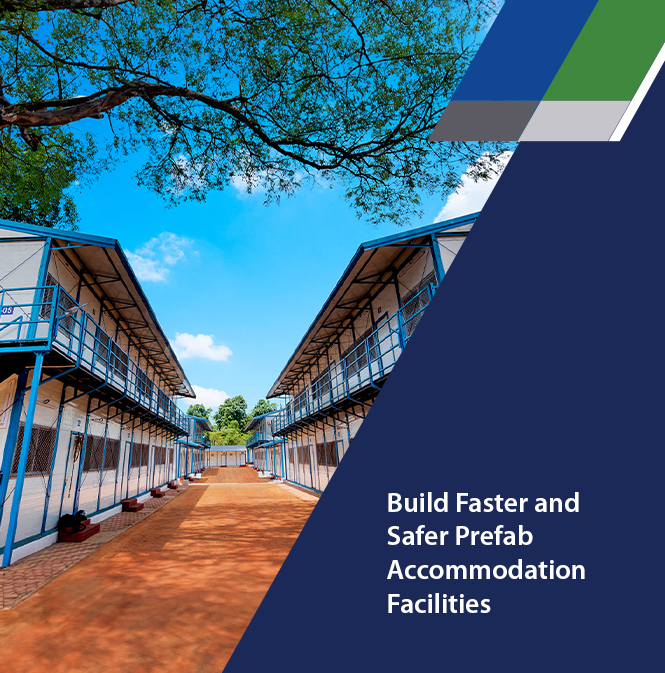
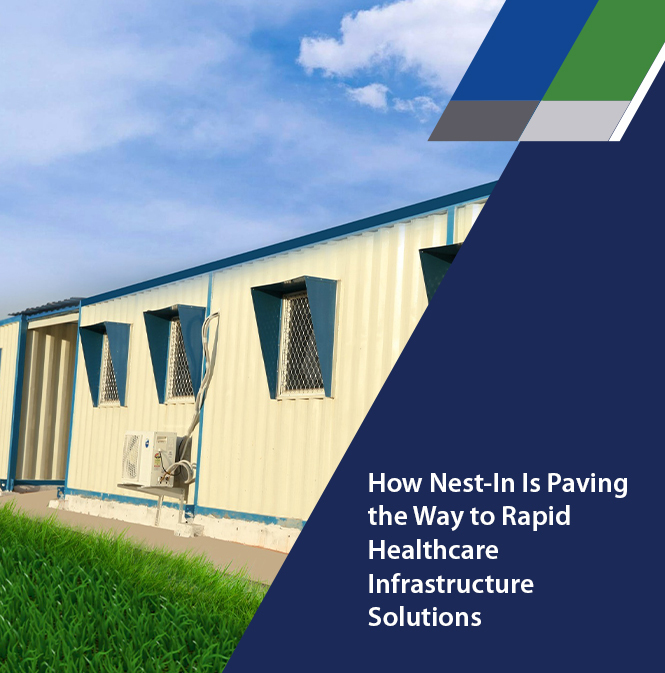
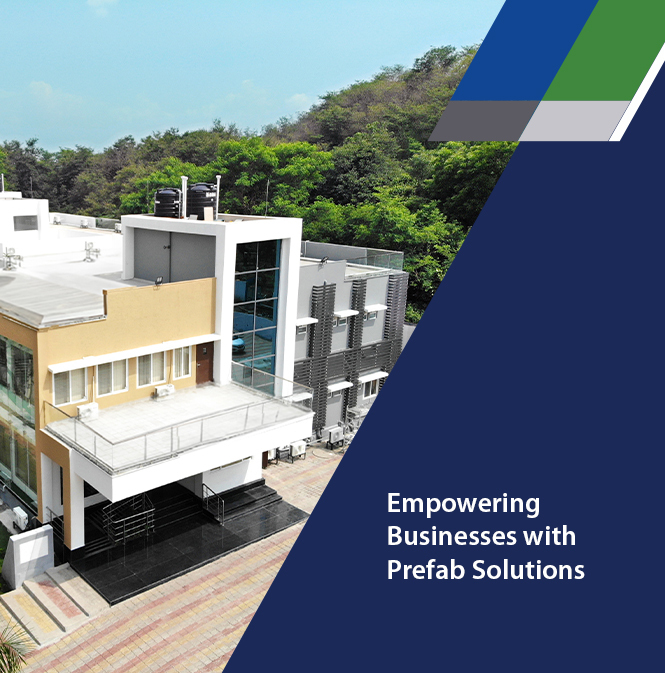


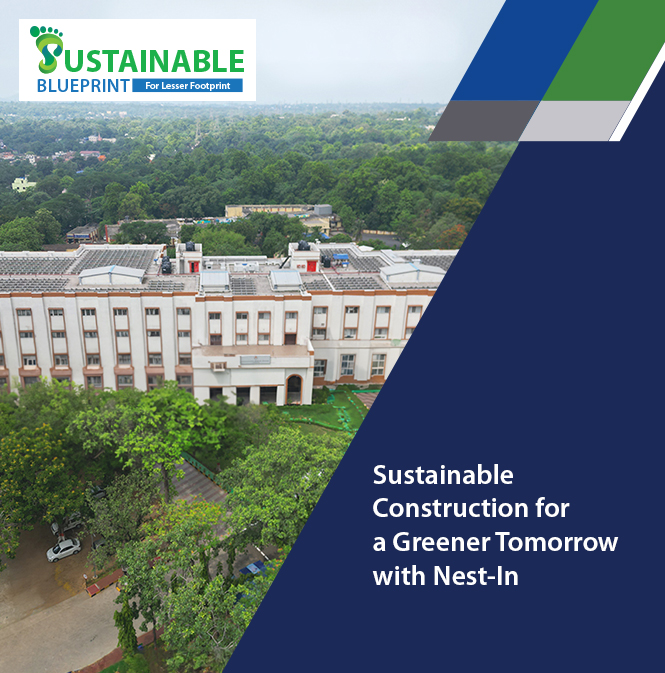
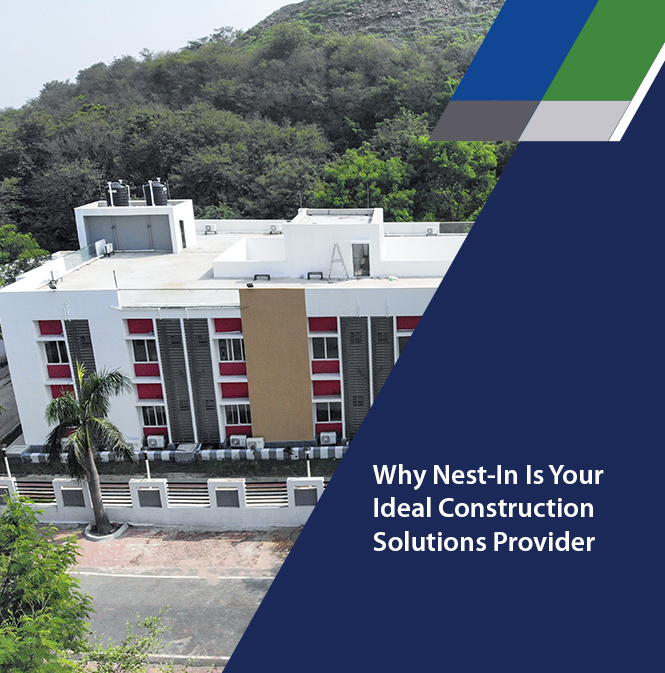
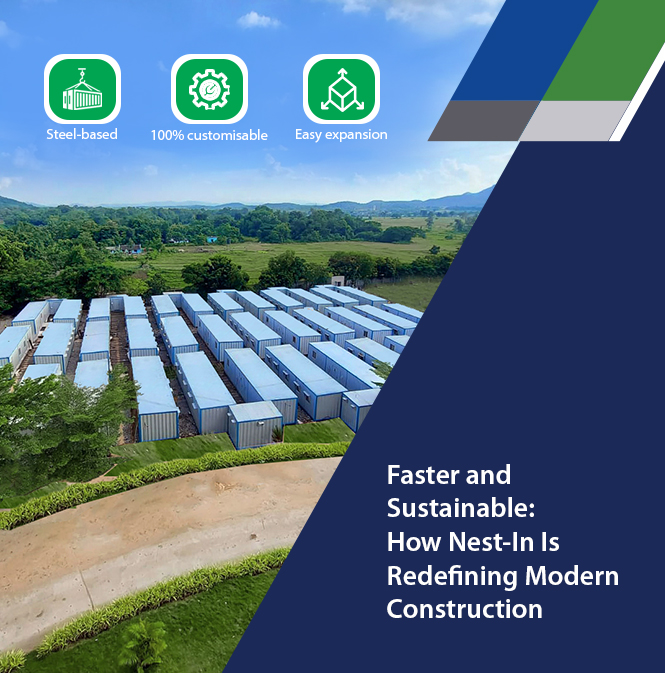



Add comment